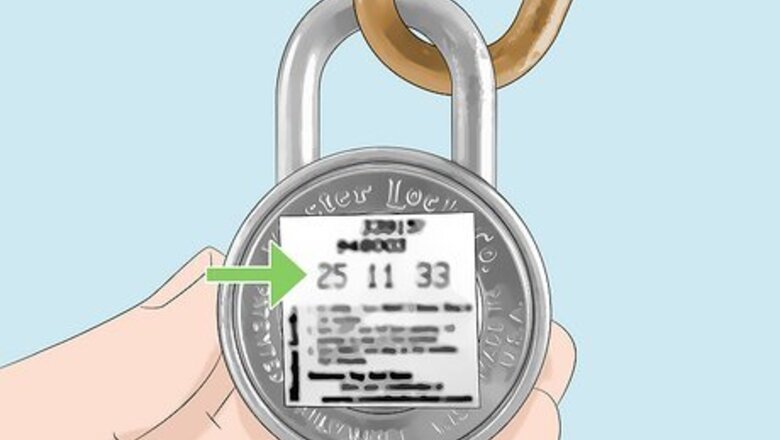
views
Opening a Combination Lock
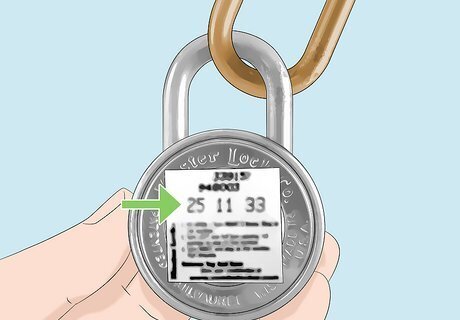
Look on the back of the lock to find the combination. Most padlocks will have the combination listed either on the back of the lock or somewhere within the packaging. Look for a three digit code when you buy your lock.

Turn the dial at least three times to the right. Turning the dial three full rotations clockwise will reset the numbers and allow you to input the first number in your combination. In most padlocks, if you don't reset it, your code won't work.

Turn the dial to the first number in the combination. On your third rotation, line up the indicator on the top of the lock with the first digit in your combination. The indicator will usually look like an arrow or upside down triangle.

Turn the dial left a full turn and land on the second number. Turn the dial to the left, passing the first number in the combination. Line the indicator with the second digit in your combination after you pass the first number. Stop rotating the dial once you land on the second digit. Remember to pass the first number in the combination when turning the dial or your lock will not open.
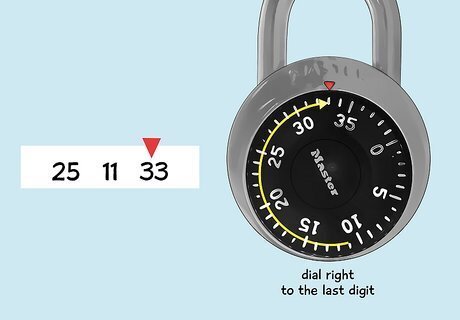
Turn the dial right and land on the last digit in the combination. Complete the opening of your lock by rotating the dial clockwise until the indicator matches up with the last digit in your combination. Do not pass the third digit in your combination this time. When you last on the last digit in the combination you should hear the click the shackle disengaging with the body of your lock.
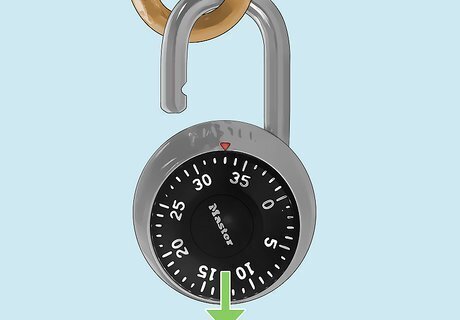
Pull on the body of the lock to open it. Gently pull down on the body of your lock to disengage it. You can then rotate the lock and remove it to open your storage. If the combination lock is jammed, you can either try pulling on the lock really hard or pushing it in a little bit. If neither of those options work, try using a shim instead (a shim is a thin, small piece of metal that slide between the gaps of the lock).
Opening a Multiple-dial Combination Lock

Locate the correct combination for your lock. Find the correct combination for your multiple-dial combination lock on the lock's packaging, or on a sticker behind the lock. Remember to remove the combination sticker from the lock before you use it. If you have trouble memorizing things, remember to write the code down on a piece of paper somewhere.

Rotate the left dial to the first digit of the code. The first number in the code represents the number that your leftmost dial must be on to open the lock. Rotate the dials until the indicator on the side of the lock lines up with the first digit of the code. Sometimes the indicator for the numbers will be a red line or arrow.

Rotate the rest of the dials to match the code. Continue to rotate the rest of the dials from left to right until all of the dials are aligned with the indicator on the side and correspond with the correct code.

Pull on the body of the padlock to disengage the lock. Once correctly input all the numbers, you can pull on the body of the lock to disengage the shackle. When you put the lock back on, make sure to rotate each dial a couple of times to reset the lock.
Opening a Key Lock

Look under the padlock for the keyhole. Tilt the bottom of the padlock towards you so that you can see the keyhole. If it's dark where you are, you may need to use a flashlight or cell phone to illuminate the hole for you.
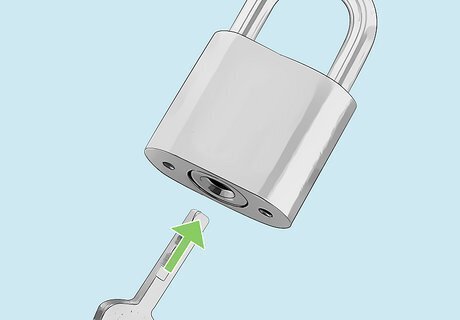
Insert the key into the keyhole. Take the key with your index finger and thumb and firmly push it into the keyhole. If it does not fit into the keyhole, turn the key over and try again. If the key won't fit regardless of what you try, there's a good chance that it's the wrong key. Every key has a different profile which will push pins up inside of the lock and disengage the shackle when you have the right key.

Turn the key counterclockwise to free the shackle. Most key locks will unlock when you turn the key counterclockwise, although this may not always be the case. Turn your key back and forth if turning it clockwise doesn't open it. You'll feel the shackle disengaging in the lock when you've unlocked it successfully.

Pull on the body of the lock to pull it free. Once the shackle has disengaged, pull on the body of the lock to free it. You can then rotate the lock to remove it from whatever you're trying to open. When you close the lock back up, make sure that you feel and hear a clicking sound which means that the lock has locked again. Some padlocks will require you to put the key in and turn it clockwise to lock it.
Opening the Lock if you Lose the Key or Combination
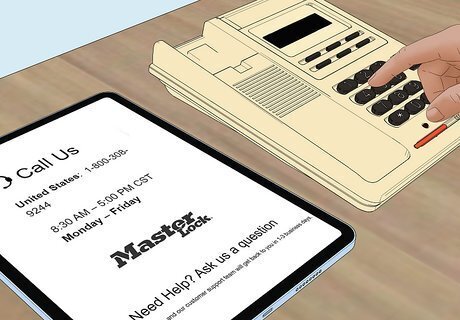
Contact the lock company. Sometimes lock companies will be able to tell you your padlock combination if your lock has a serial number, which can usually be found as an engraving on the back of the lock. Call the manufacturer of your padlock, or submit a lost combination form by mail, fax, or email.
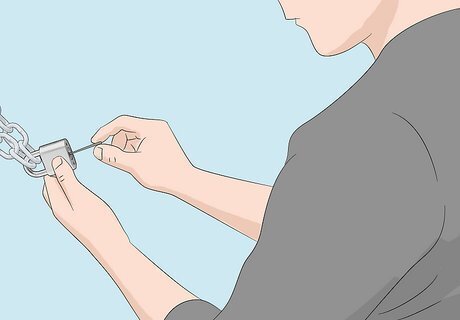
Hire a locksmith. If you're unable to obtain the combination for your lock, you can hire a professional locksmith to pick the lock or to cut the shackle on the lock. Make sure to read reviews of your locksmith and call beforehand to get a quote. Typically a locksmith visit will cost between $50 to $350.
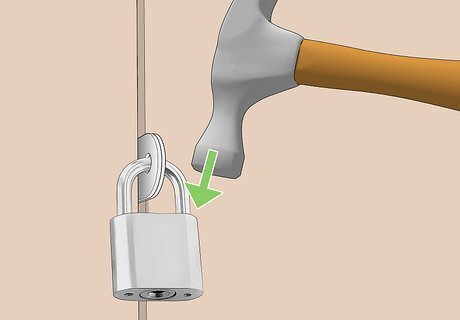
Hit the side of the lock with a small hammer. Sometimes you can dislodge the shackle from the lock by simply tapping on the side of the lock. This won't help you get the combination or a new key, but could help you open something if it has a padlock and you've forgotten the combination. Apply tension on the shackle by pulling on the body of the lock, then hit your hammer on the side of the lock's body to open the shackle.

Use a bolt cutter to cut the body of the lock. While a common belief is that you should cut a padlock at the shackle, this is wrong, as the shackle is often made of the toughest metal throughout the lock. Instead, use 18 or 36 inch (45.72 cm or 91.44 cm) bolt cutters and position them over the lock's body. Apply pressure on the handles and try to cut all the way through the body of the lock to remove it.
















Comments
0 comment